Co-Design
The QSC integrates research across its three thrusts to establish co-design approaches for scalable and coherent quantum information systems. This integration drives interactions between the specific aims of each thrust and establishes a co-design feedback loop. The industrial “pull” for new technologies in quantum simulation and quantum sensing in turn drives this co-design process and provides a direct path to connect these technologies to the marketplace.
For licensing inquiries please contact Mike Paulus or Eugene Cochrane.
The QSC integrates four levels of the S&T innovation chain to transition discoveries to computing and sensing systems.
Fundamental science
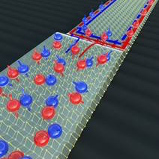
Basic research underpins discoveries and innovation to deliver long-term impacts
Devices
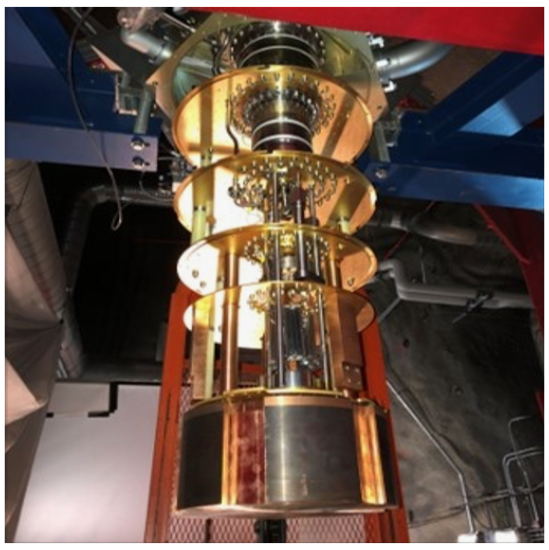
Applied science builds new paradigms and devices for next-gen quantum technologies
Prototypes
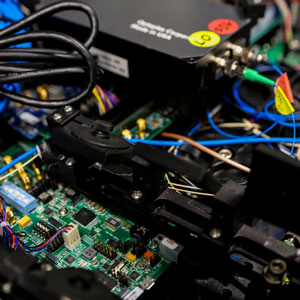
First uses drive development and feedback for improved solutions
Applications
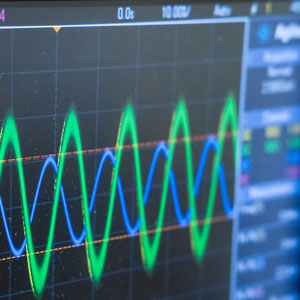
Real-world solutions accelerate the impact of quantum tech
Systems
Technology transfer
Integration of solutions into commercial systems to bolster US economic competitiveness
Topologically protected quantum information co-design
Led by LANL’s Filip Ronning
Fundamental science
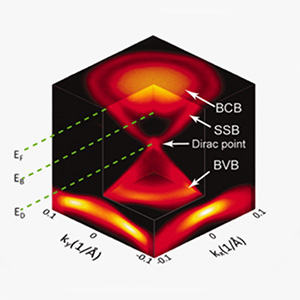
Co-design materials for anyon physics using feedback from materials and algorithms thrusts
Devices
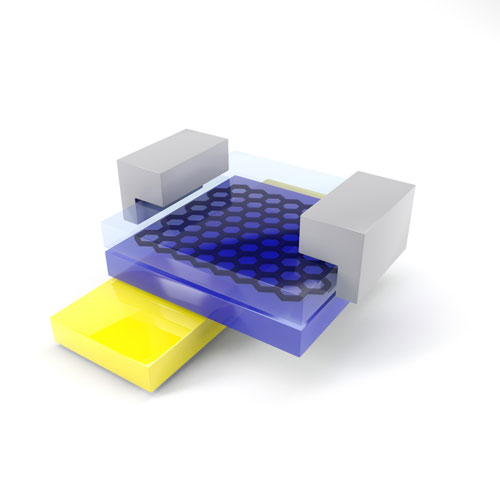
Develop devices to probe anyons physics using feedback from materials and devices thrusts
Prototypes
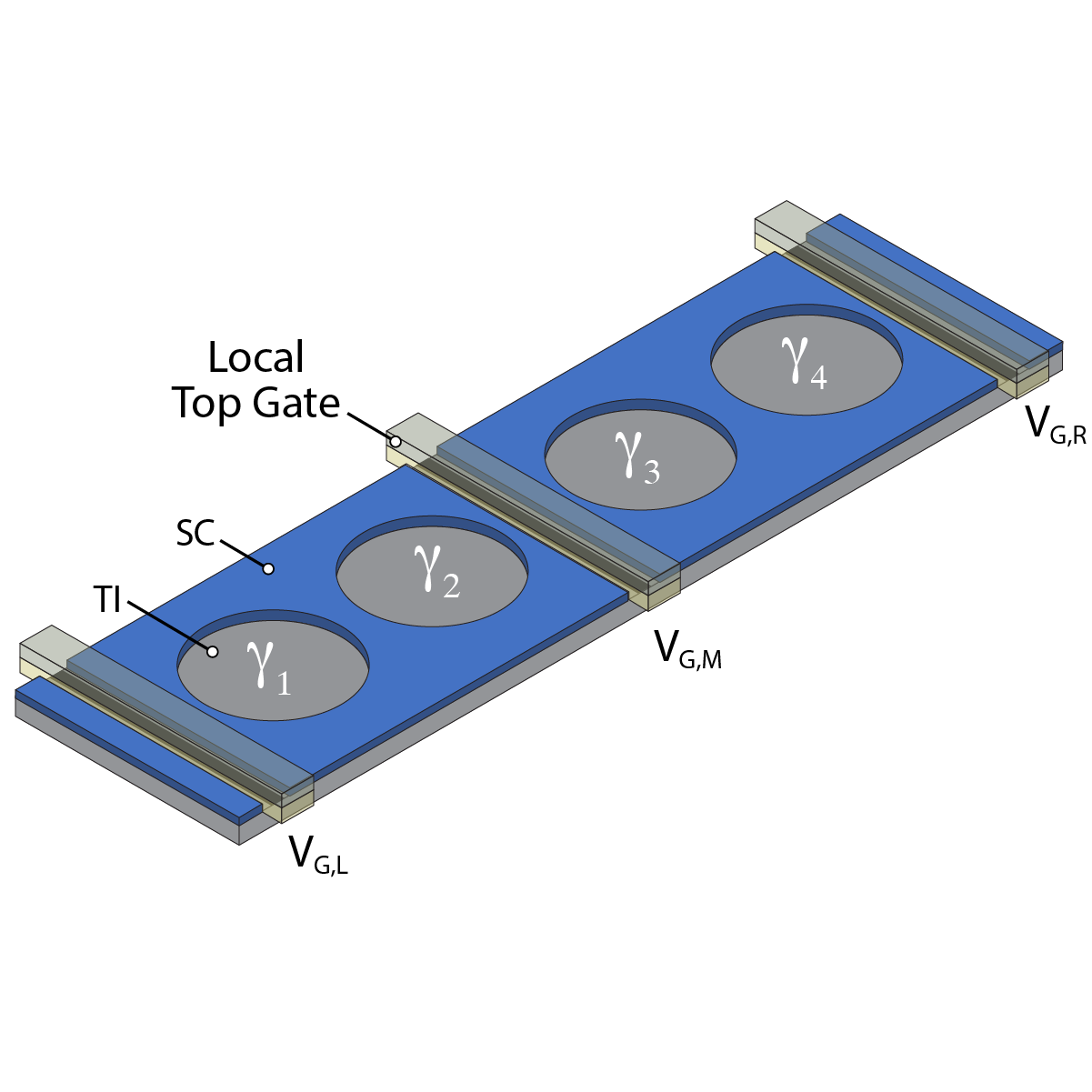
Test anyon fusion and braiding using feedback between materials and algorithms thrusts
Applications
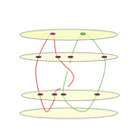
Validate non-Abelian statistics using feedback between materials and algorithms thrusts
Technology transfer
Error-resistant quantum devices
Transition discoveries in quantum materials to new qubits
Quantum simulations of scientific applications co-design
Led by UCSB’s David Weld
Fundamental science
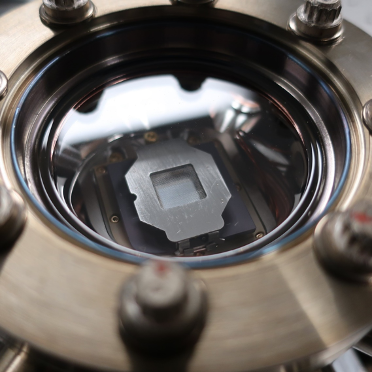
Co-design simulation methods using feedback between materials, algorithms, and devices
Devices
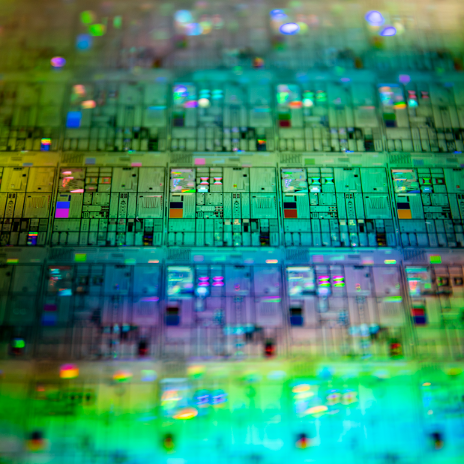
Develop analog simulations using feedback between algorithms and devices
Prototypes
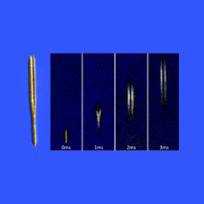
Test analog quantum simulation using feedback from materials, algorithms, and devices
Applications
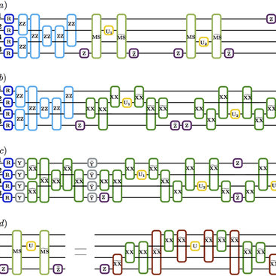
Validate quantum simulations using feedback between materials and algorithms
Technology transfer
Quantum simulation platforms
Transition discoveries in quantum devices to new quantum computing applications
Quantum sensing for real-world applications co-design
Led by FNAL’s Daniel Bowring
Fundamental science
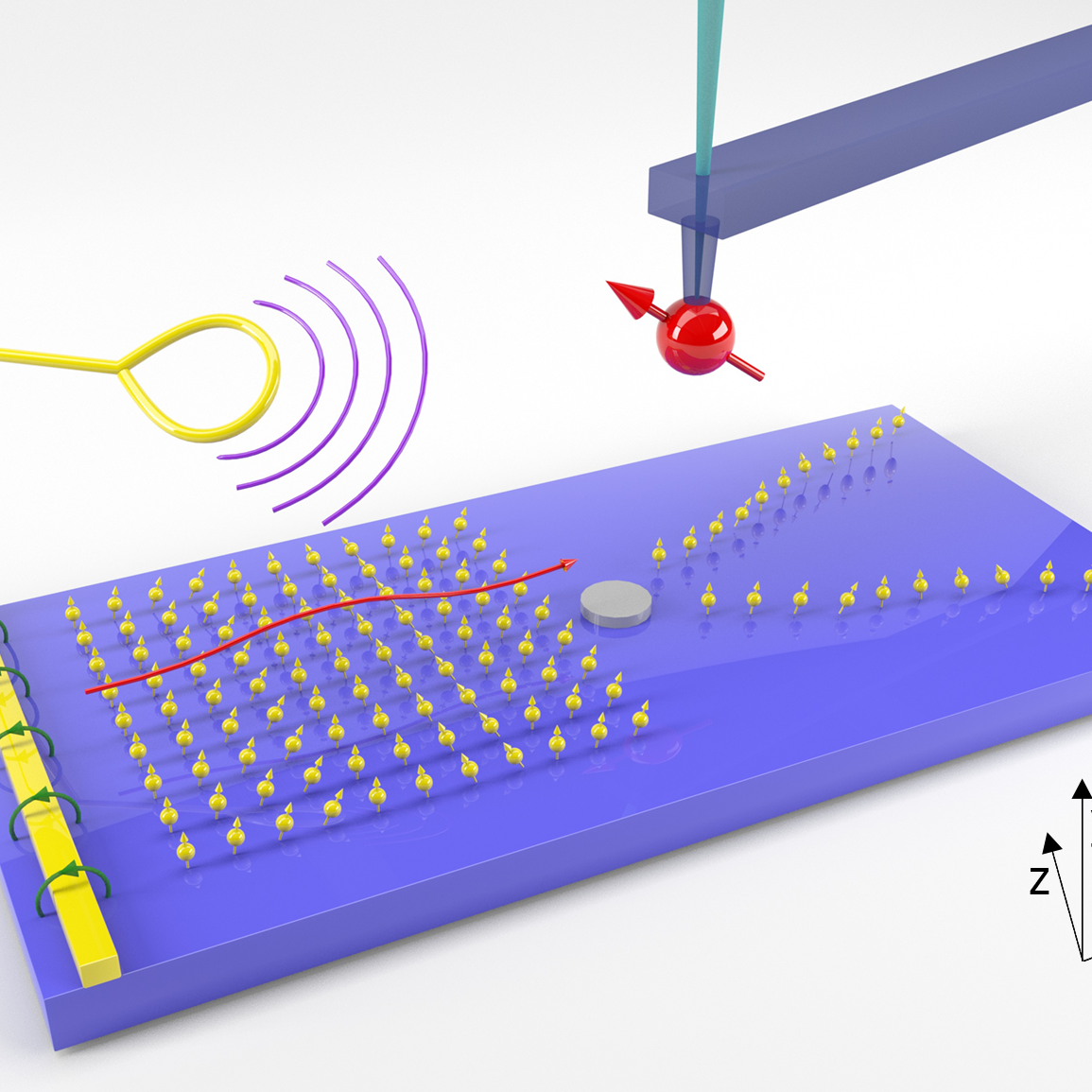
Co-design sensors using feedback between materials, algorithms, and devices
Devices
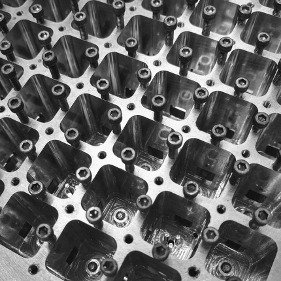
Develop new qubits using feedback from materials and simulations thrusts
Prototypes

Test detection of waves of dark matter between algorithms and devices
Applications
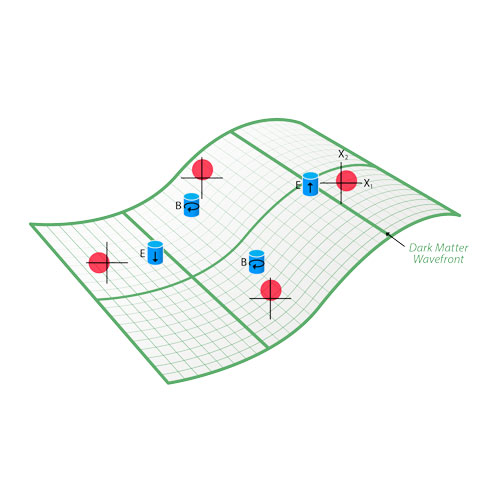
Validate surface state measurements using feedback between materials and devices
Technology transfer
Quantum sensing capabilities
Transition discoveries in sensor design to new applications in materials characterization and dark matter searches
